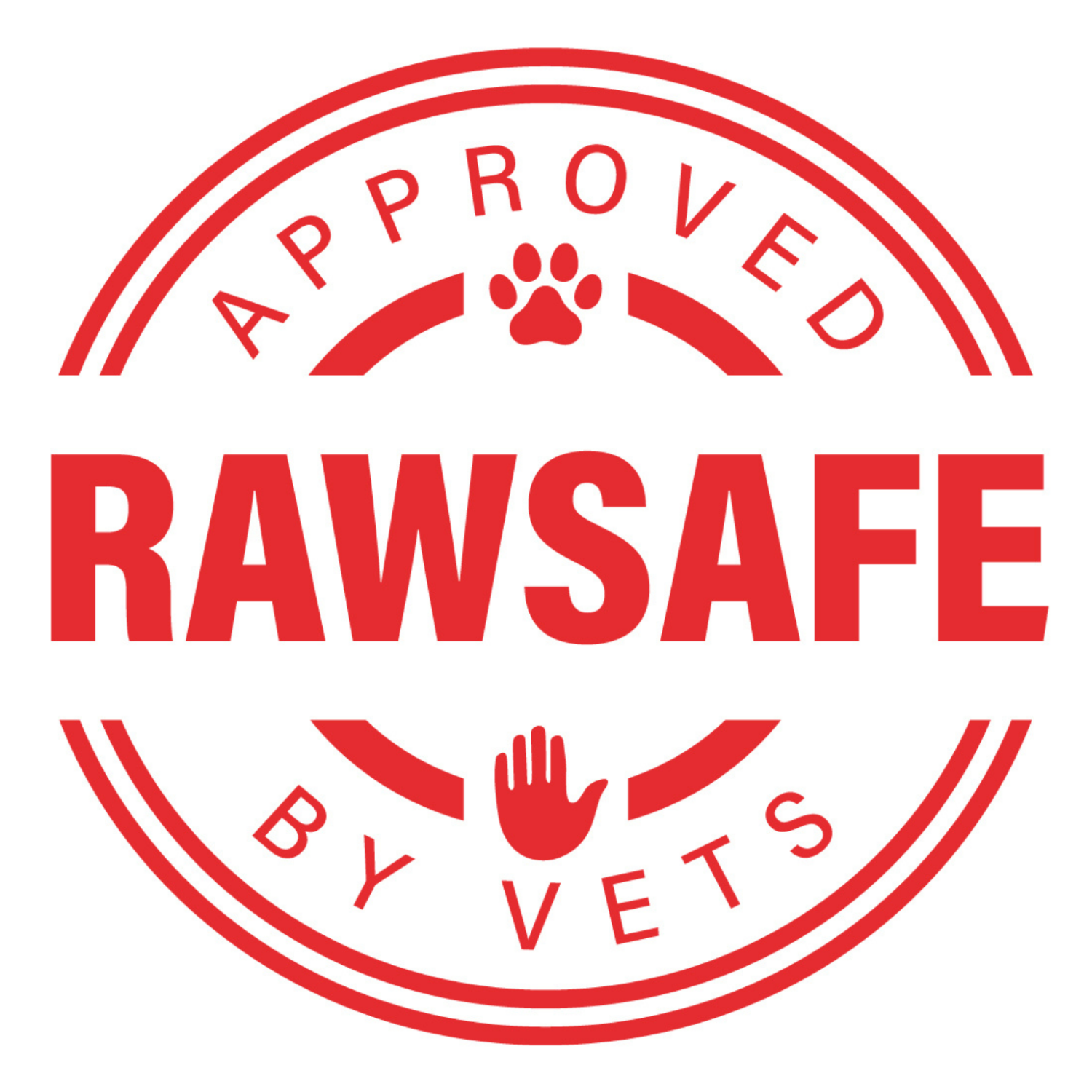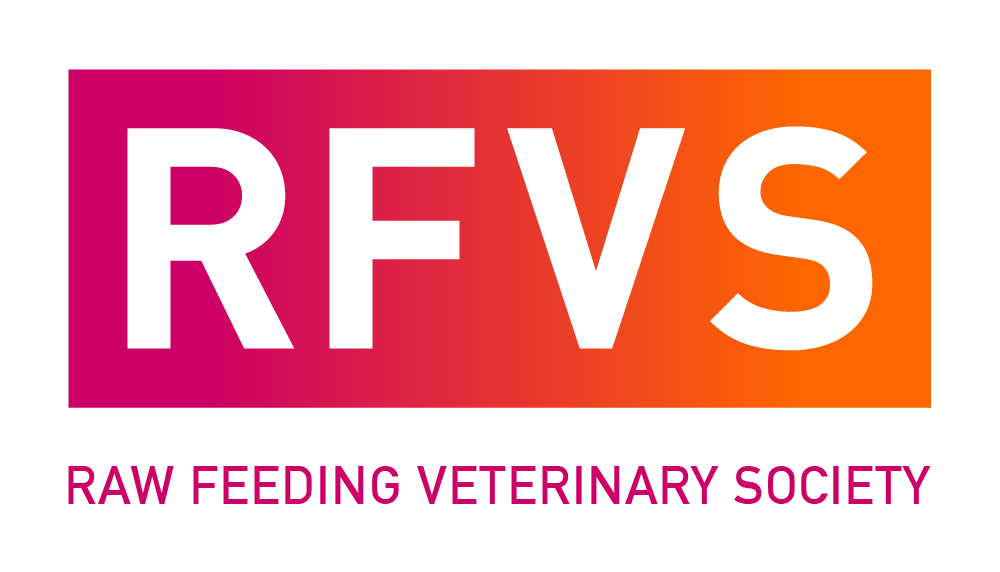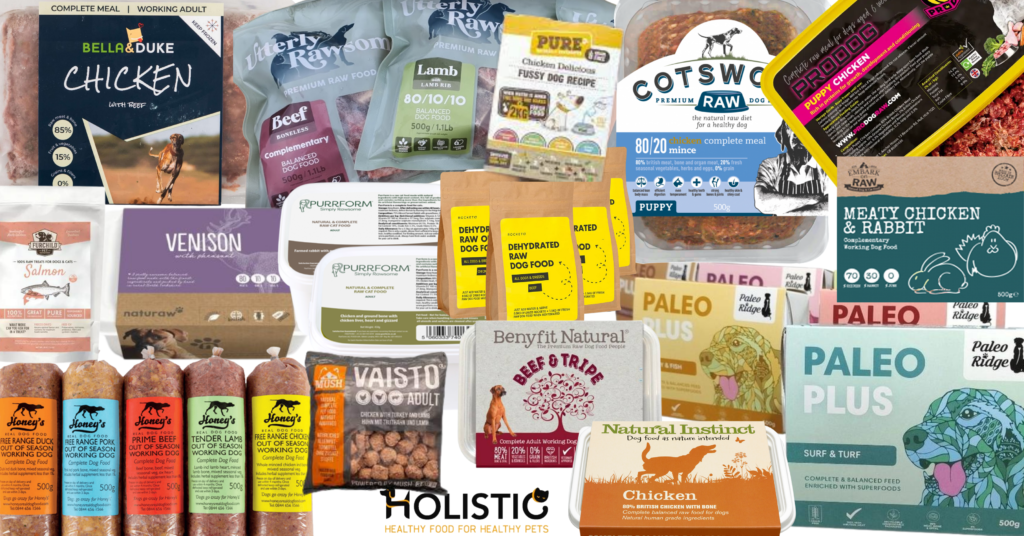Raw Pet Food labeling
A label is much more than an eye-catching design to attract and entice you to buy a pet food product. A pet food label should contain information regarding ingredients, manufacturers and feeding instructions.
Recognising a good pet food label can help you determine the quality of a product in terms of the nutritional balance and hygiene standards. A product without correct labelling should be left on the shelf.
Not all raw food is equal, so the label really is vital in helping you as a consumer, work out what is best for your pet.
1. Complete vs Complementary
What to look out for?
These terms are placed on pet food labels due to historic methods of feeding our pets. As we tend to feed the same product every day over months maybe years the diet needs to contain all the necessary nutrients. Otherwise, we are at risk of nutritional deficiency or excess. Raw feeders can often approach this differently with a balance over time concept. Research is required to understand how to rotate ingredients to form a healthy nutritional balance.
Complete – this is a legally binding statement. If you see this on a product the company is stating the food contains all the nutrients set out as essential by FEDIAF (A European panel of veterinary nutritionists).
Alongside this, the company should state which species and life stage the pet food is complete for. There are two groups of life stage FEDIAF recognise, reproductions and growth and adult which includes senior.
Complementary – this word describes a product that doesn’t provide all the nutrients a dog needs, if fed every day for prolonged periods.
2. Branding
Now branding may not seem that important when choosing your raw pet food, but there are a couple of things to note.
Firstly, branding is a huge investment for a company, but it is also a reflection of them as a company. Brands are designed to speak to consumers, so take note of what it is trying to tell you.
Secondly, how transparent is the branding? Are they giving you all the information you need? Is it easy to recognise? Or is it just a sticker on a box with ‘pet mince’?
Which would you choose?

3. Composition / ingredients –
You need to ensure that your commercial pet food is well balanced, especially for the ‘complete’ commercial ranges, and the ingredients, or composition, should tell you this. Now we won’t get into the specifics of nutritional balance in this article, as it’s a complex and controversial subject, but it should list a detailed description of the following:
- meat
- offal
- bone content
- supplements
4. Feeding Guide
How much to feed your dog will depend on the calorie density of the meal. Raw foods can vary hugely from lean game meats at 3% fat to farm reared lamb or beef at 18% fat. The label should provide you with a guide or web address at least to help you understand how to feed your dog or cat.
The Guide should tell you how much food, in weight, that you should feed your dog or cat, based on their weight, with the average recommendation being 3% of their ideal weight per day.
Many companies have calculators on their website, which are based on averages, and don’t take into consideration breed, activity level etc but are great for beginners.
5. Analytical Constituents
It is a legal requirement to have the final recipe analysed for Protein, fat, fibre, moisture, and ash. These should be clearly stated on the label.
6. Best Before Date
The Best Before date, or BBE (Best Before End), is about quality and not safety. The food is safe to be consumed after this date but will not be at its best, unlike a ‘Use by Date’.
The ‘Use by Date’ is about safety, and is given as the date to which the food is safe to be consumed.
7. Batch number
The Batch Number or Production Date helps to trace production of the product in case of recall. Please note, a post on recalls is coming next month which will be linked here when available.
8. Net weight
Net Weight of the product must be stated and is especially important in calculating the recommended consumption amounts as detailed in the feeding guide.
9. Name and Address
This could be for the packer or retailer but you should be able to contact those responsible for the product if needed.
10. DEFRA Number
DEFRA stands for the Department for Environment, Food and Rural Affairs, and is a legal requirement, not a form of accreditation. DEFRA governs such things as:
- the quality of products used in the food i.e. they must be fit for human consumption
- the source of the material – comes from an approved slaughterhouse
- the type of material – certain by-products are not permitted due to potential pathogen risks, such as feathers and hooves etc
- ensures that it is fit for consumption via testing – e.g. batch testing for Salmonella and Enterobacteriaceae is carried out
Other important organisations to note, when making your raw pet food decision are:

FEDIAF – FEDIAF is the European organisation which sets out the nutritional guidelines for pet food in Europe, but please be aware that it is a voluntary organisation, and therefore so are its guidelines. Also it is important to note that the majority of their research is based on kibble-based diets, and therefore we recommend it as just that…a guideline. For example, a large different between raw and kibble is the moisture content, but their figures and guides don’t take the considerably higher moisture content of raw pet food into account.

PFMA – The PFMA (Pet Food Manufacturers’ Association) is a pet food trading body whose aim is to promote safe and nutritious pet food, raise pet food standards in the industry, keep its members informed of industry issues, changes etc. More information is available here. It’s also important to note that they do seem to be supportive now of Raw Feeding with a few articles available.

RawSAFE™ – It is an independent audit of a manufacturers against the highest, and safest standards possible, developed by the RawSAFE™ team, which includes veterinary professionals. Manufacturers can choose to be audited, but it is a commitment, both in time and finance, though if they pass, they can then display the strongly legally protected Certification Mark, which shows consumers that they are abiding by the strictest possible standards.
Audits are carried out by an independent company with many years of experience in the meat and human food production industry. There are both notified and unannounced audits, which are important to ensure that the high standards are kept throughout the year as standard. For more information see their website here.
There has been a huge rise in the number of raw food manufacturers some simply selling waste on the side lines, and so it’s advisable to avoid any product that doesn’t have all the above information on the label. This will help ensure your pet receives raw pet food that has a nutritional balance and that the hygiene standards have been adhered to.
We have a list of wonderful manufacture’s here in our list of Affiliates, who help support the RFVS in our mission.
By Katie McCaul
Have you notice a great pet food label with all these points?

Thank you to Katie McCaul for the above Blog Post. Katie is a long standing member of the committee, our treasurer and a Nutritionist with a wealth of knowledge. You can find out more about Katie here.

